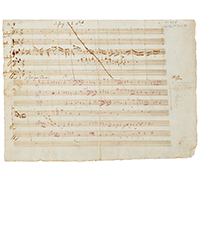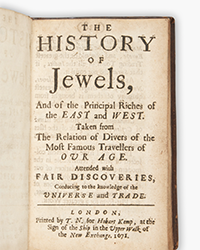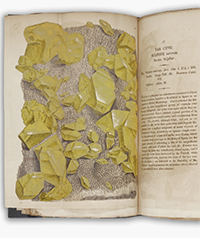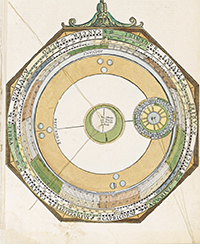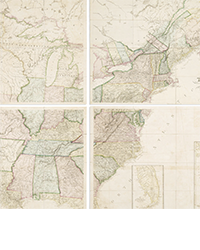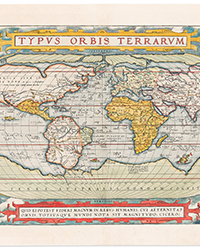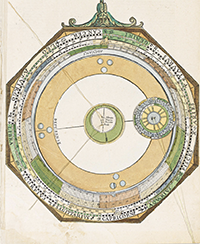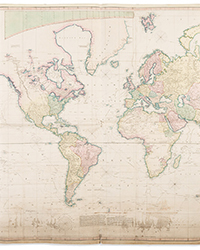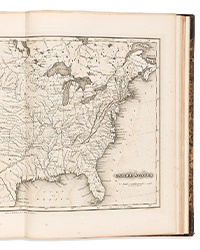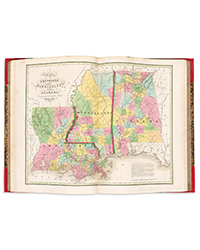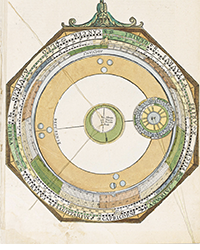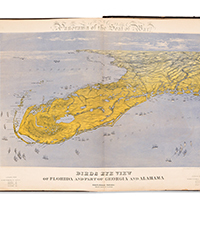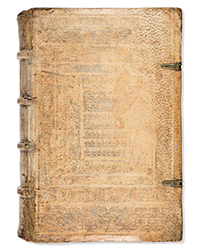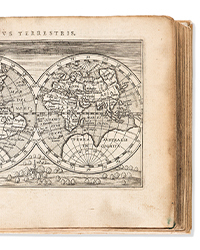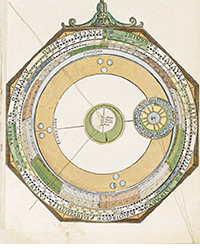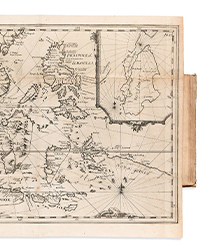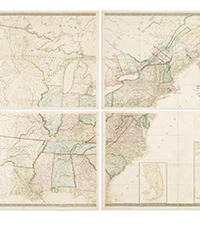The recent rash of book bannings in America has prompted us to take a look back at the past. They were once widespread throughout the western world. The Church had its Index Librorum Prohibitorum, a banned book list. It was first published in 1529 and hung around in some form or other for over four centuries. It was last published in 1948, and abolished in 1966. It banned books for all sorts of moral and theological reasons, but was most noted in its early days for trying to prohibit advances in science.
Governments everywhere have banned books along the way. Generally, it is associated with tyrannical regimes clinging to power, censoring anything that contradicted what they wanted people to believe. Knowledge is power, and they did not want to share power. We think of such terrible events as book burning in Nazi Germany or punishments inflicted in Russia for publishing criticism Putin's genocidal war in Ukraine. Democracy has saved America from such terrible governments, but not from all censorship. We had our Comstock Act. It prohibited the sending of “obscene” material through the mail, and in 1873, when it was passed, there weren't many other ways of spreading your message. And who can forget the infamous Scopes Monkey Trial?
Still we, and most western nations, have moved past these mass bannings. However, there were also small scale bans. This was censorship enacted at the local level. That is particularly applicable to current times as that is what we see now – books being censored on a local or maybe state level, rather than across the entire nation. The stated reasons have changed but the underlying motivations, political power and control of others, have not. Today, it is less likely to be about witchcraft and more likely to be about issues of race and gender identity. The names have changed but the principle remains the same.
Since the target of current bannings is primarily children's books, we will take a look at those. For instance, there is The Wonderful Wizard of Oz. It is a tale of fantasy and magic, the type of book that appeals to children's natural sense of wonder. Most children's books use this theme, whether they be fantastic adventures, fantasy worlds, or talking animals. What could be wrong with that? Well, in 1928 it was banned from all public libraries in Chicago. Apparently, it was “ungodly” for showing women in leadership roles. In 1957, the Wizard of Oz was banned by the Detroit Public Library as of “no value for children of today,” and for supporting “negativism and brought children’s minds to a cowardly level.” Who knew? In 1986, a group of fundamentalist families from Tennessee sued to have the book removed from the public school syllabus, arguing that good witches were theologically impossible, so there could be no Glinda the Good Witch. Perhaps they didn't understand the concept of fiction. The judge did not remove the book but said their children could be excused from lessons on the novel. Legislation in that state in the past year under the guise of “age appropriateness” makes you wonder whether the same result would be reached in Tennessee today.
In 1959, Florida State Librarian Dorothy Dodd published a list of books “not to be purchased, not to be accepted as gifts, not to be processed and not to be circulated.” No, no, no, and no. If currently in the library, they “should be withdrawn from circulation.” Another no. She said they were “poorly written, untrue to life, sensational, foolishly sentimental and consequently unwholesome for children in your community.” She added that having these books on the library's shelves showed “a lack of interest in the welfare of the children in the community.”
Her list, naturally, included all of the Oz books, but also much more. She blacklisted all books about Tarzan, the Hardy Boys, the Bobsy Twins (seriously), Nancy Drew, Tom Swift, the series of the Campfire Girls, Boy Scouts, and Girl Scouts, all the Horatio Alger books, and Uncle Wiggly (confession – I used to love Uncle Wiggly as a young child though I remember nothing of the books today, other than my mother read them to me and she did not have a “lack of interest in the welfare” of her children). Ms. Dodd also banned the “Billy Bunny” and “Little Jack Rabbit” series. I don't know these books but really, can they be that bad?
The Kansas City Public Library has published a list of 42 books that have either been banned or rejected over the years for various reasons. Among the books on the list are Winnie-the-Pooh, Harold and the Purple Crayon, Green Eggs and Ham, Lord of the Rings, To Kill a Mocking Bird, Huckleberry Finn, Charlotte's Web, and Romeo and Juliet.
There are a couple of things to remember about censorship and book banning. One is that censorship is political in nature, not moral. It is an attempt by one person or group to deny access to information to another. It is very much a power play. The other is that the censors are not looked at kindly by history. The Index Librorum Prohibitorum was hardly the high point of Church history. Few remember Anthony Comstock positively if at all, despite his once being one of the most powerful people in the country as America's foremost censor. William Jennings Bryan ended up something of a pathetic figure after a long, prestigious career that included being a three-time major party Presidential nominee, as a result of his role in the Scopes Trial. If you look up Dorothy Dodd, despite a long career as Florida State Librarian and Archivist, all she is remembered for is the foolishness of her attempt at book banning. Senator Joseph McCarthy was America's best-known senator as the crusading leader of the House Un-American Activities Committee which blacklisted numerous authors and others. Today, his name is synonymous with slander. His behavior was the real Un-American activity. Putin and his censorship will go down in history with other tyrants of his ilk, Hitler and Stalin, not with Catherine the Great as he imagines. Today's censors' fate in history will be no different. They may seize the moment for personal political gain, but history will know them for what they were.



![<b>Scandinavian Art & Rare Books Auctions, Dec. 4:</b> ROALD AMUNDSEN: «Sydpolen» [ The South Pole] 1912. First edition in jackets and publisher's slip case. <b>Scandinavian Art & Rare Books Auctions, Dec. 4:</b> ROALD AMUNDSEN: «Sydpolen» [ The South Pole] 1912. First edition in jackets and publisher's slip case.](https://ae-files.s3.amazonaws.com/AdvertisementPhotos/0a99416d-9c0f-4fa3-afdd-7532ca8a2b2c.jpg)
![<b>Scandinavian Art & Rare Books Auctions, Dec. 4:</b> AMUNDSEN & NANSEN: «Fram over Polhavet» [Farthest North] 1897. AMUNDSEN's COPY! <b>Scandinavian Art & Rare Books Auctions, Dec. 4:</b> AMUNDSEN & NANSEN: «Fram over Polhavet» [Farthest North] 1897. AMUNDSEN's COPY!](https://ae-files.s3.amazonaws.com/AdvertisementPhotos/a077b4a5-0477-4c47-9847-0158cf045843.jpg)
![<b>Scandinavian Art & Rare Books Auctions, Dec. 4:</b> ERNEST SHACKLETON [ed.]: «Aurora Australis» 1908. First edition. The NORWAY COPY. <b>Scandinavian Art & Rare Books Auctions, Dec. 4:</b> ERNEST SHACKLETON [ed.]: «Aurora Australis» 1908. First edition. The NORWAY COPY.](https://ae-files.s3.amazonaws.com/AdvertisementPhotos/6363a735-e622-4d0a-852e-07cef58eccbe.jpg)
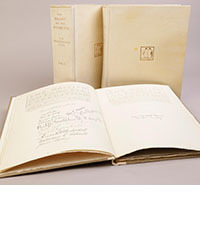
![<b>Scandinavian Art & Rare Books Auctions, Dec. 4:</b> SHACKLETON, BERNACCHI, CHERRY-GARRARD [ed.]: «The South Polar Times» I-III, 1902-1911. <b>Scandinavian Art & Rare Books Auctions, Dec. 4:</b> SHACKLETON, BERNACCHI, CHERRY-GARRARD [ed.]: «The South Polar Times» I-III, 1902-1911.](https://ae-files.s3.amazonaws.com/AdvertisementPhotos/3ee16d5b-a2ec-4c03-aeb6-aa3fcfec3a5e.jpg)

![<b>Scandinavian Art & Rare Books Auctions, Dec. 4:</b> [WILLEM BARENTSZ & HENRY HUDSON] - SAEGHMAN: «Verhael van de vier eerste schip-vaerden […]», 1663. <b>Scandinavian Art & Rare Books Auctions, Dec. 4:</b> [WILLEM BARENTSZ & HENRY HUDSON] - SAEGHMAN: «Verhael van de vier eerste schip-vaerden […]», 1663.](https://ae-files.s3.amazonaws.com/AdvertisementPhotos/d5f50485-7faa-423f-af0c-803b964dd2ba.jpg)
![<b>Scandinavian Art & Rare Books Auctions, Dec. 4:</b> TERRA NOVA EXPEDITION | LIEUTENANT HENRY ROBERTSON BOWERS: «At the South Pole.», Gelatin Silver Print. [10¾ x 15in. (27.2 x 38.1cm.) ]. <b>Scandinavian Art & Rare Books Auctions, Dec. 4:</b> TERRA NOVA EXPEDITION | LIEUTENANT HENRY ROBERTSON BOWERS: «At the South Pole.», Gelatin Silver Print. [10¾ x 15in. (27.2 x 38.1cm.) ].](https://ae-files.s3.amazonaws.com/AdvertisementPhotos/fb024365-7d7a-4510-9859-9d26b5c266cf.jpg)
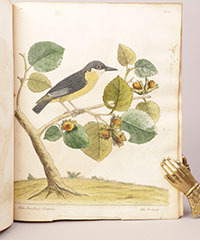
![<b>Scandinavian Art & Rare Books Auctions, Dec. 4:</b> PAUL GAIMARD: «Voyage de la Commision scientific du Nord, en Scandinavie, […]», c. 1842-46. ONLY HAND COLOURED COPY KNOWN WITH TWO ORIGINAL PAINTINGS BY BIARD. <b>Scandinavian Art & Rare Books Auctions, Dec. 4:</b> PAUL GAIMARD: «Voyage de la Commision scientific du Nord, en Scandinavie, […]», c. 1842-46. ONLY HAND COLOURED COPY KNOWN WITH TWO ORIGINAL PAINTINGS BY BIARD.](https://ae-files.s3.amazonaws.com/AdvertisementPhotos/a7c0eda0-9d8b-43ac-a504-58923308d5a4.jpg)
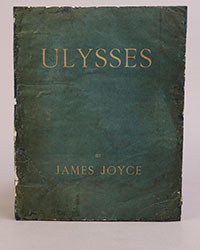
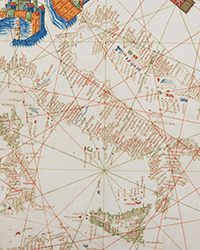
![<b>Sotheby’s, Dec. 11:</b> Darwin and Wallace. On the Tendency of Species to form Varieties..., [in:] <i>Journal of the Proceedings of the Linnean Society,</i> Vol. III, No. 9., 1858, Darwin announces the theory of natural selection. £100,000 to £150,000. <b>Sotheby’s, Dec. 11:</b> Darwin and Wallace. On the Tendency of Species to form Varieties..., [in:] <i>Journal of the Proceedings of the Linnean Society,</i> Vol. III, No. 9., 1858, Darwin announces the theory of natural selection. £100,000 to £150,000.](https://ae-files.s3.amazonaws.com/AdvertisementPhotos/00d5fd41-2542-4a80-b119-4886d4b9925f.png)

